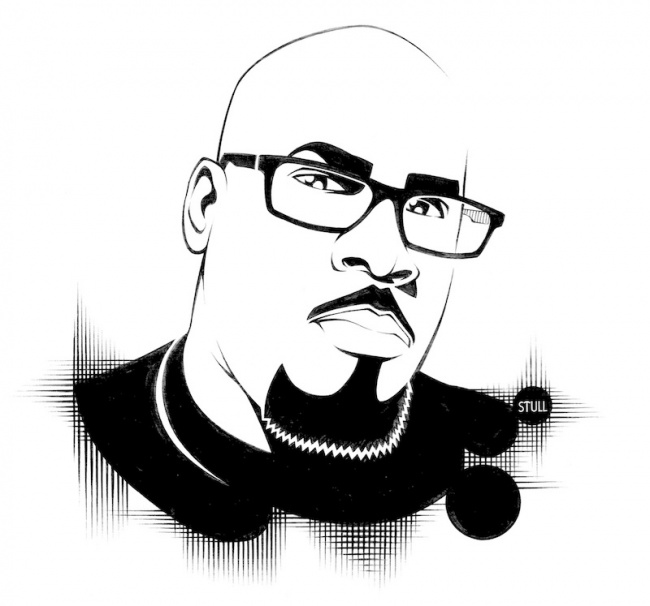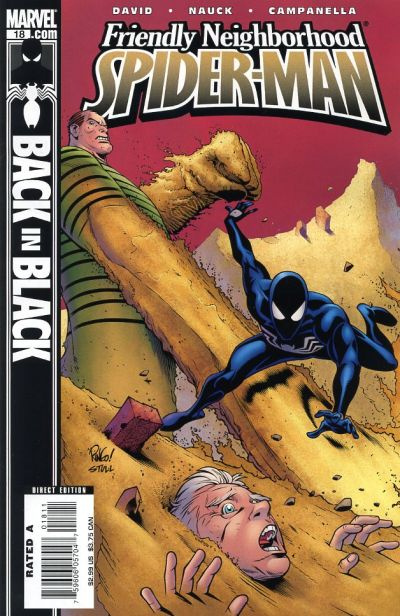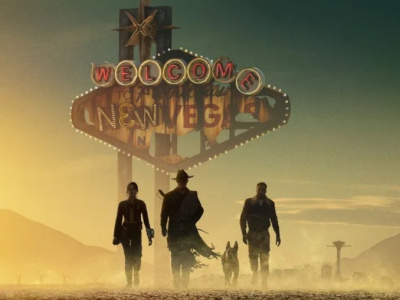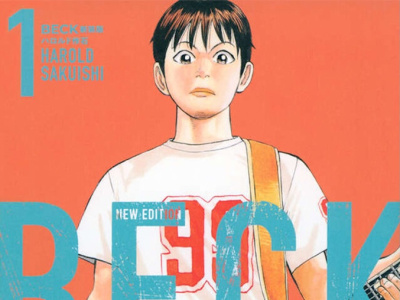Rob Stull, an artist, teacher, and curator of exhibits highlighting the work of Black comics artists, died on April 17, 2025, at the age of 58. Best known to comics fans as an inker whose work included Spider-Man, X-Force, JLA, and Vampirella, he was also the first Black Artist in Residence at Boston’s Museum of Fine Arts, and the creator of the traveling exhibit "Sequential Art: The Next Step," which debuted at Ohio State University in 1995.
Like many artists, he started young. "I have a vivid memory of having a pack of jumbo crayons when I was maybe 3 or 4,” he said in a 2018 interview with the Boston Globe. "I went straight to the bathroom – all those white walls – and completely covered the surface with drawings. My parents were so angry, but I remember my father said, 'Wait a minute, maybe there's something to this.'"
Stull was born Robert B. Stull on February 2, 1967, and grew up in Boston and the neighboring town of Brookline. His father, Donald L. Stull, was the founder of the Boston architecture firm Stull and Lee, and his mother, Patricia A. (Ryder) Stull, was a dancer. Two of his uncles were also artists, one a ceramicist and the other a drawing professor at Rhode Island School of Design. His family encouraged him to pursue his art, as did his teachers at Brookline High School. "Art was all around me growing up," he told the Globe, "and, of course, I read a ton of comic books."
Hip Hop was also a big influence. "I’m a byproduct of the first generation of Hip Hop," he said in an interview with his alma mater, the School of the Museum of Fine Art. "My oldest sister was living in Queens when I was a kid. I would take the 7 train out to visit her, and I would see all of this rooftop graffiti and take pictures with my Kodak Instamatic camera... It was like a traveling art gallery to me. All of that stuff—from graffiti to dance and music—I got introduced to in pieces before it was packaged up and called something. That's why it's so powerful to me, because it was the definition of youth culture and youth expression. Kids created all of it.”
After graduating from the School of the Museum of Fine Arts, Stull moved to New York to become an artist. He and two friends founded Armada Design Group, which created comics-style artwork for other media, including Virgin Records, Fader Magazine, and, for Time Warner, the original campaign for the movie The Matrix. His first work for a comics publisher, according to the Grand Comics Database, was the story “What If the Gamma Bomb Spawned a Thousand Hulks?” in What If…? #71, published in 1995. Stull and Jack Snider inked Larry Stroman’s pencils. He went on to ink interiors and covers for Spider-Man Adventures, Wolverine, Tellos, Iron Man, New Mutants, Firestorm, Friendly Neighborhood Spider-Man, 52, and Justice League of America, among others, staying active in the industry until the early 2010s.
"My main objective was always to try to capture my subject matter with a significant degree of realism," he told the Globe, "But after years working in comics, advertising and graphic design, my personal style became more minimalistic and cartoony – more deadline friendly. Back in the day, I'd be trying to make each page as pretty as possible, and it was taking one to three days to do one page. An old battle-tested veteran told me, 'If you can't get it done 9 to 5, don't do it.' I thought, ‘He gets five of those pages done a day? I really am a slow poke.' So whatever I do now, I have to get it done in a timely manner."
When he started working in comics, Stull realized that many of the artists whose work he had been following for years were Black. He created the "Sequential Art" exhibit, he said in the SMFA interview, to highlight these creators' work and inspire youngsters who did not have as rich an artistic upbringing as he did. "Its mission was to bring attention to our contributions, as black artists, to this amazing landscape of comic books," he said. "But also, to empower people of all ages and ethnic backgrounds. To show them that we can not only work on mainstream franchises but that we can also develop our own franchises and tell our own stories." The show opened in 1995 as part of the Festival of Cartoon Art at Ohio State University, then moved on to several other venues, including the National Center of Afro-American Artists in Boston.
In 2019, the Boston Museum of Fine Arts invited him to be their Artist in Residence and commissioned him to create a set of drawings in response to their exhibit "Writing the Future: Basquiat and the Hip-Hop Generation." The drawings were displayed as 25-foot-high banners on the museum’s façade, the first time a Boston artist’s work had been featured there. He also collaborated with fellow artist Rob "Problak" Gibbs on The Mural Project, which included both artwork and a guide to local murals. That same year, he was one of the local artists who participated in the Isabella Stewart Gardener Museum’s Neighborhood Luminaries program. He also taught at the Eliot School of Fine & Applied Arts.
In addition to his comics work Stull was an animator and illustrator. His work appeared in the Black Comix anthology and The History of America Graffiti.
The Boston Comics in Color Festival, which was held on April 26, had a tribute and a moment of silence for Stull and announced that it would establish the Rob Stull Grant, in collaboration with the Bay State Banner, to encourage young comics creators.
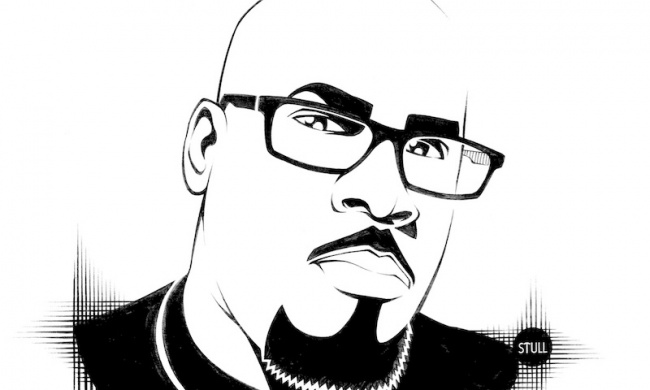
Artist, Teacher, Curator
Posted by Brigid Alverson on April 28, 2025 @ 10:45 am CT
MORE COMICS
Showbiz Round-Up
August 25, 2025
Hollywood news continues to trickle in late into August. Time for a round-up!
At Anime NYC
August 22, 2025
The winners of the 2025 American Manga Awards, organized by Anime NYC owner LeftField Media and Japan Society, were announced in a ceremony at Anime NYC in New York on August 21.
MORE NEWS
New 'Kill Team' Boxed Set
August 25, 2025
Games Workshop will release Kill Team: Tomb World , for Warhammer 40,000 , which will hit preorder soon.
Plus: Print Edition of Eisner-Winning 'My Journey to Her'
August 25, 2025
Kodansha will also publish a print edition of My Journey to Her, which won the Eisner Award for Best Digital Comic.



